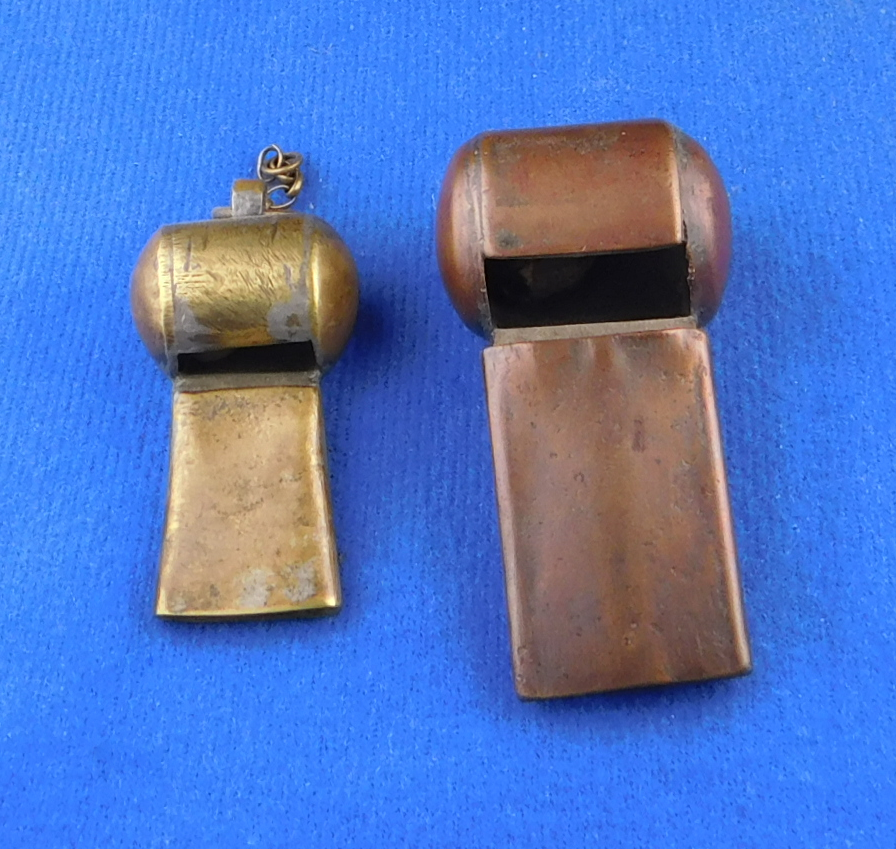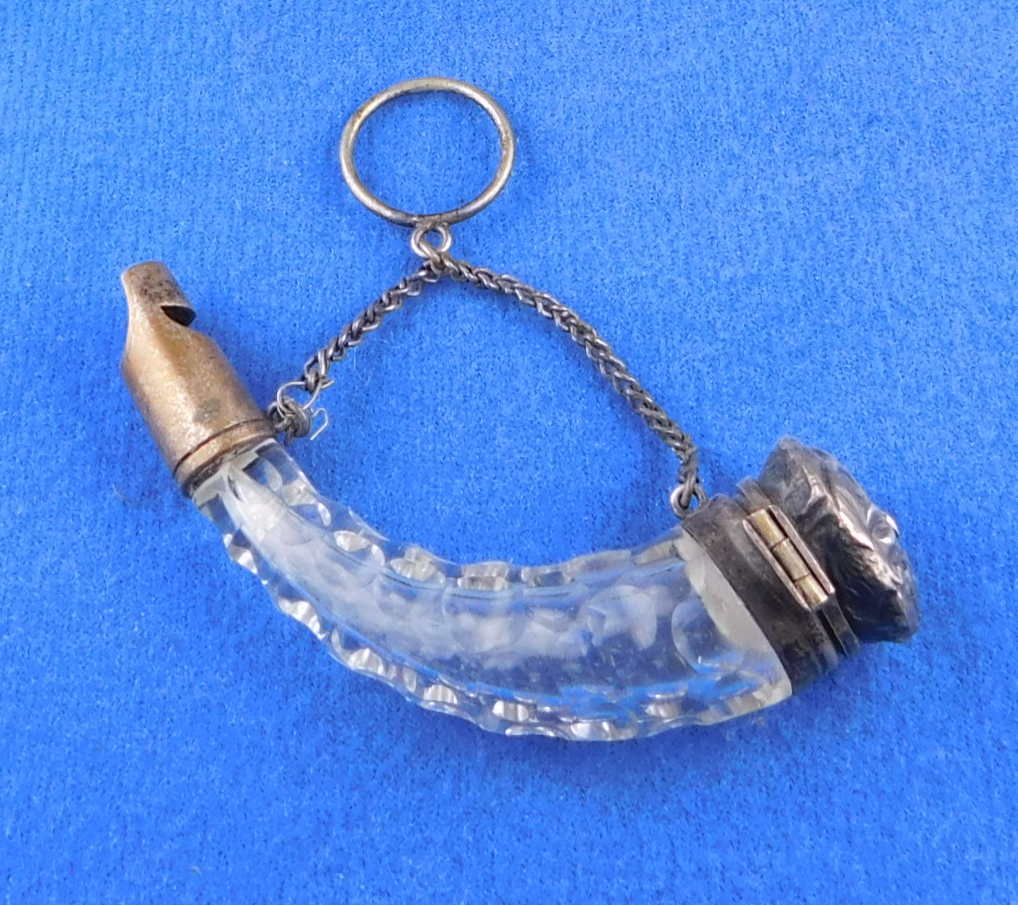Whistle Categories > Multi-Tube Whistles
pic pending
Where did multi-tube whistles originate?
The earliest refence to a dual multitube whistles is an 1864 patent from the States. Yet prior to this Richard Porteous designed three, four and six tube whistles in 1845 which dropped off the scene in less than a decade. The 1864s originated to create a discordant sound for possible military use. This predates the famous single tube of the Metropolitan whistle famous for the first police issue in London.
However, multitube whistles quickly took off in many countries as railway conductors whistles, sound effect whistles and general public use.
The UK, and the States, took the lead in production, Germany and France keeping close, eventually Japan and China produced ones of much lesser quality.
How are multi-tube whistles identified?
Identification is through the use of parallel tubes attached to each other for multiple sounds simultaneously creating the same sound as railway engines.
Originally with the Porteous Wind Instrument, they were made with heavy brass and very high quality. Then the thin wall duplex, triplex and so forth went into production. Many of these have not stood the test of time and were easily damaged. They do at times have manufacturers, even patent dates stamped on the body of the whistle.
These can be found in dual, three tube, four tube and even six tubes. The larger the whistle body, the lower hollow sound that can be created.
Why were they made?
Perhaps for railway use initially, they also came to be used for cycling. The came the era of silent movies stage, vaudeville and radio, leading to the sound effects of a railway being needed for the drummers traps. Eventually for the average person, so because of this they also fall into the general use category.
Pictures show railway men using them to warn passengers to load up before the train would start moving.
pic pending
© – All photos with blue background property of The Whistle Gallery reference collection. Please contact The Whistle Gallery for permission of use of any website content. Use of photos without authorization is prohibited.









